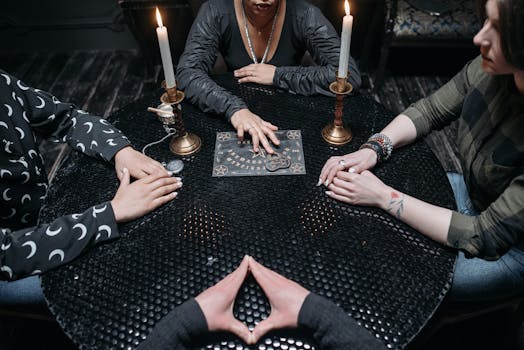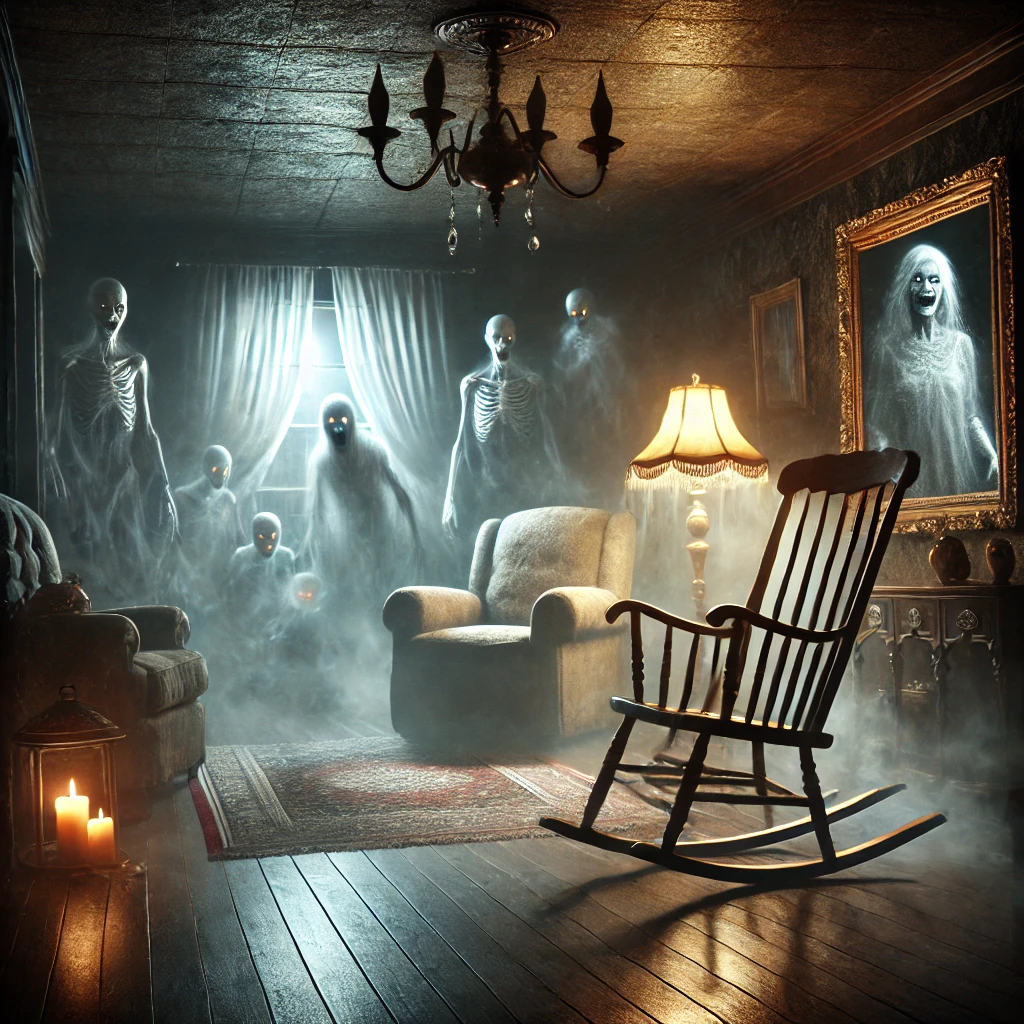Learn how to capture ghostly apparitions with beginner-friendly paranormal photography tips. Discover the best tools, techniques, and settings to document real ghost evidence.
Capturing ghostly apparitions on camera has fascinated paranormal enthusiasts for generations.
Whether you’re a curious beginner or just starting your ghost hunting journey, learning how to photograph spirits takes patience, the right tools, and a bit of know-how.
In this beginner’s guide, you’ll uncover the essentials of paranormal photography—from choosing the right equipment to setting up your shots in haunted locations.
If you’ve ever wondered how to document real ghost evidence through your lens, this guide is the perfect place to begin.
Contents
Introduction: How to Capture Ghostly Apparitions in Paranormal Photography for Beginners
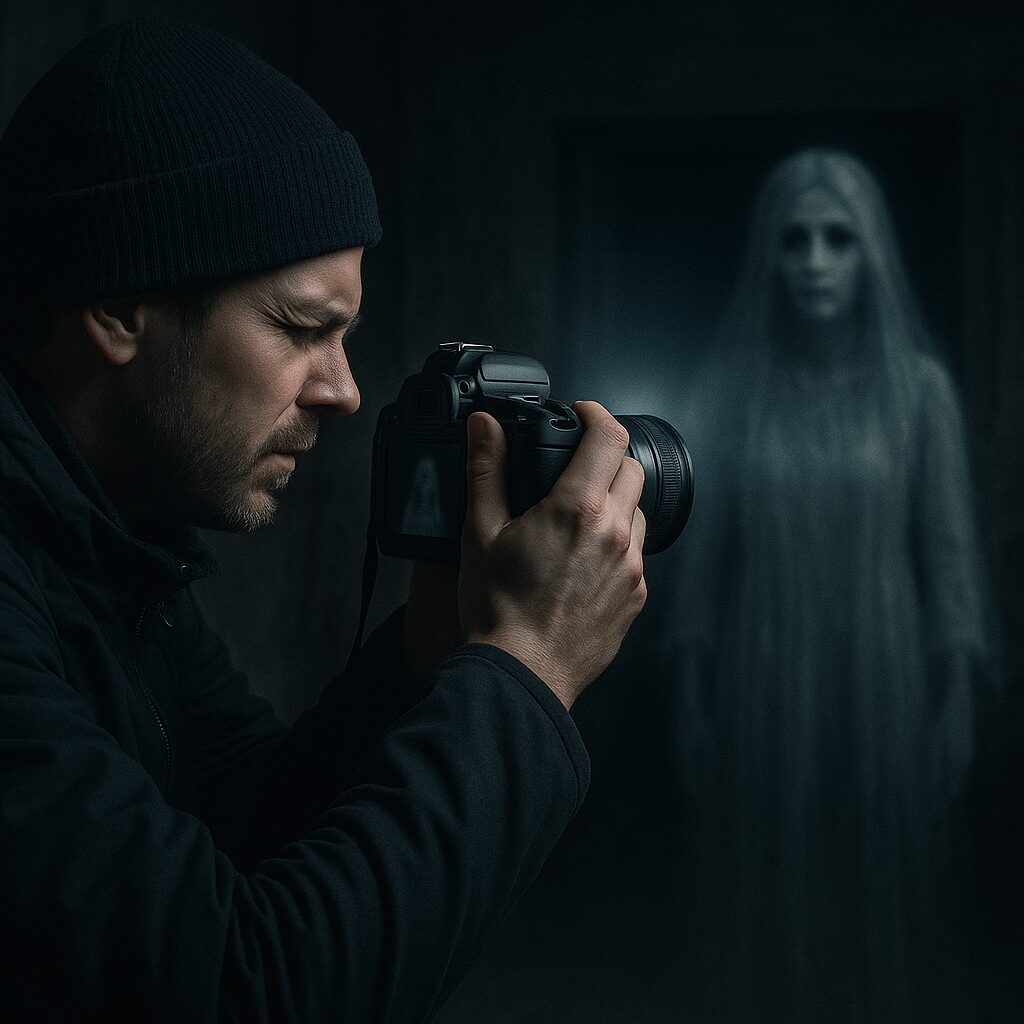
Capturing ghostly apparitions on camera is one of the most exciting parts of paranormal investigation.
For beginners, it can feel overwhelming at first. But with the right knowledge and tools, anyone can learn how to photograph spirits and unexplained phenomena.
This beginner’s guide will walk you through the basics of paranormal photography.
You’ll learn how to spot common signs of ghost activity.
You’ll also discover how to use your camera settings to capture orbs, mists, shadows, and full-body apparitions.
Paranormal photography is about more than just pointing and shooting.
It requires patience, the right environment, and a clear understanding of light and reflection.
This guide includes practical steps for capturing real ghost images, especially in low-light or high-energy locations.
You’ll also learn which cameras work best for ghost hunting.
From DSLR cameras to night vision and full-spectrum gear, we’ll explain how each tool helps you document evidence of the supernatural.
We’ll also cover the importance of tripods, motion detectors, and time-stamped photos.
Whether you want to explore haunted places or capture spirits in your own home, this beginner-friendly guide will give you everything you need to get started.
It’s time to step into the world of ghost photography with confidence and curiosity.
How to Capture Ghostly Apparitions: Beginner’s Guide to Paranormal Photography Techniques
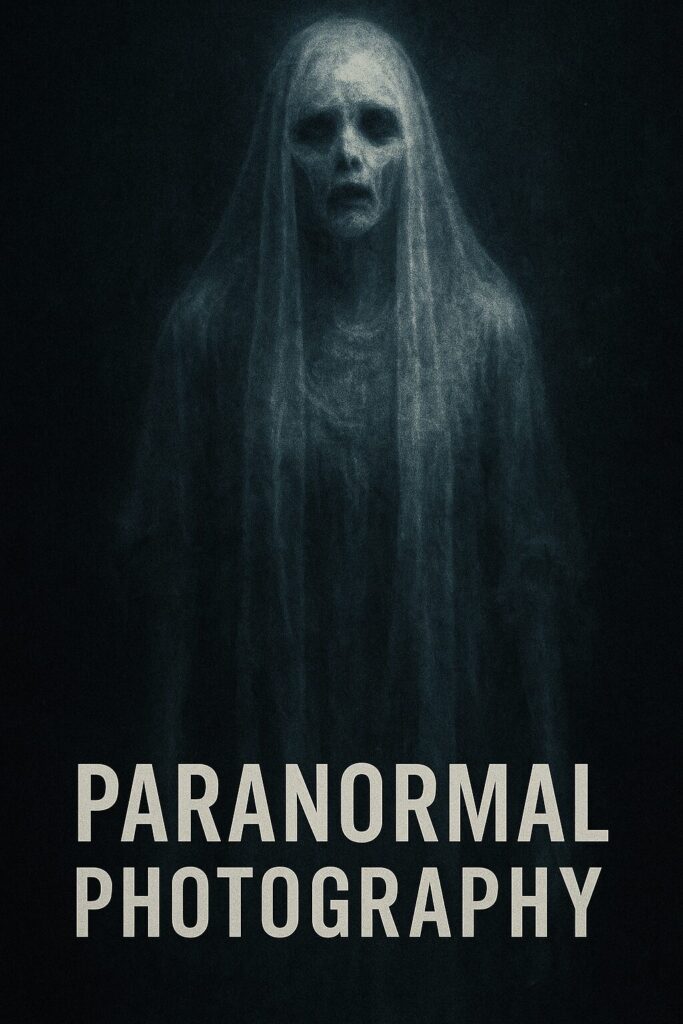
Capturing ghostly apparitions is one of the most thrilling goals in paranormal research.
For beginners, learning how to take photos of spirits and supernatural activity can seem complex.
But with the right approach, it becomes a rewarding and eye-opening experience.
This beginner-friendly guide will teach you how to start taking ghost photos, what equipment you need, how to prepare for a ghost hunt, and how to boost your chances of capturing authentic paranormal evidence.
Along the way, you’ll also learn techniques to avoid common mistakes, analyze your findings, and improve your results over time.
What Is Paranormal Photography?
Paranormal photography is the practice of using a camera to capture images of supernatural entities.
These may include ghostly apparitions, orbs, shadow figures, unexplained mists, and other anomalies that do not have a clear physical source.
The goal of this practice is to gather visual evidence of paranormal phenomena during ghost hunts or investigations.
Many paranormal investigators believe spirits can manifest in photographs, especially when atmospheric and environmental conditions are right.
It combines an investigative mindset, technical knowledge of camera equipment, and a sensitivity to subtle environmental changes.
Why Beginners Should Learn Paranormal Photography
Starting with paranormal photography allows beginners to build a solid foundation in ghost hunting while developing their awareness of unexplained energies.
This skill strengthens your observational abilities, sharpens your focus, and helps you document encounters more effectively.
With enough practice, reviewing photographic evidence can teach you how to recognize patterns, differentiate between real apparitions and common false positives, and build a credible paranormal archive.
Photography also gives you a way to share your experiences with others and potentially contribute to serious paranormal research efforts.
Essential Equipment for Ghost Photography
You don’t need to invest thousands of dollars to start, but using the right equipment will significantly improve your chances of capturing genuine paranormal phenomena.
Here’s a deeper look at the tools you’ll want to bring along:
- Digital Camera or DSLR: Choose a model with strong low-light performance and manual control options. A camera that allows for long exposure settings and adjustable ISO will give you the flexibility needed for night investigations. DSLR cameras like the Canon EOS Rebel series or Nikon D3500 are affordable and reliable for beginners.
- Full Spectrum Camera: These cameras are specially modified to record the full light spectrum, including infrared and ultraviolet ranges. Since paranormal entities may not appear in the visible light spectrum, full spectrum cameras provide an added layer of detection.
- Tripod: A stable tripod is critical for long exposure shots. Even the slightest hand movement can cause blur or distort potential evidence. Tripods also allow you to focus on the environment while your camera remains in place.
- Extra Batteries and SD Cards: Supernatural energy is often associated with electrical interference and battery drain. Bring more batteries than you think you’ll need. Always carry multiple SD cards to ensure you never run out of storage space mid-investigation.
- Flashlight or Headlamp with Red Lens: Red light preserves night vision and reduces the chance of scaring off entities. Headlamps also keep your hands free, which is ideal when handling multiple devices.
- Motion Detectors and Sound Triggers: Use these to alert you of unseen movements or noises. They can signal when to take a photo or point to an active area worth focusing on.
- EVP Recorder: Though not photographic, audio evidence can support visual documentation and reveal spirit responses during the photo session.
Preparing for a Paranormal Photography Session
Preparation can make or break your success. Ghosts are believed to be more active under specific conditions, so thorough planning boosts your chances.
- Research the Location: Learn the full history of the site. Research past hauntings, tragic events, or deaths that may explain the activity. The more you know about the energy in a place, the better you can position yourself to capture it.
- Scout the Area in Daylight: Visit during the day to familiarize yourself with the layout. Take note of obstacles, reflective surfaces, and possible safety concerns. Map out where you plan to set up your camera.
- Set an Intention or Ask Permission: Many experienced investigators believe in stating your purpose to any spirits present. You can say something like, “I am here to respectfully document your presence. Please allow me to photograph you.”
- Time Your Visit Strategically: Choose times known for increased energy, such as the witching hour (around 3 a.m.), full moons, or after thunderstorms. Environmental changes are thought to stir up paranormal activity.
- Pack a Journal: Record your observations, feelings, temperature changes, and times when photos are taken. This information can help you cross-reference events later.
Camera Settings for Paranormal Photography
Using the right camera settings will drastically improve the quality and credibility of your evidence. Here’s how to optimize your camera:
- Use Long Exposure Settings: Begin with a 5 to 15 second exposure. This allows the camera to absorb more light, making faint apparitions or light anomalies more visible. Use a tripod to prevent blurring.
- ISO Settings: Start with an ISO of 800. Increase up to 3200 if necessary for darker areas. Higher ISO will brighten the image but may add noise, so find a balance based on your camera’s capabilities.
- Aperture and Shutter Speed: A wide aperture (f/2.8 to f/4) lets in more light, which is helpful in low-light settings. Slow shutter speeds allow more light exposure, which is essential for ghost photography.
- Manual Focus: Autofocus may fail in darkness or react to movement in ways that blur your image. Manual focus allows better control in unstable lighting.
- RAW Format: Shooting in RAW gives you the most detail and editing options. JPEGs compress data and can cause loss of important information.
What to Look For in Your Photos
After each session, review your photos carefully. Use software to zoom in and adjust brightness and contrast to better reveal possible entities. Here are the most common signs to watch for:
- Transparent Human Figures: Look for partial human shapes or faces in places where no one was standing. True apparitions may appear only partially formed.
- Mists or Fog: These usually appear as cloudy white shapes without a logical source. They may be cold spots or the manifestation of spirit energy.
- Light Anomalies: Unexplained flashes, streaks, or orbs may suggest supernatural activity. Check the direction, shape, and whether they cast a shadow or not.
- Shadowy Shapes: Dark human-like forms with no known source. These are often seen near doorways or corners.
- Face or Figure in Reflections: Ghosts may show themselves in mirrors, windows, or shiny surfaces, even if no one is nearby.
Common Mistakes That Lead to False Positives
Beginners often get excited about every anomaly, but not all strange images are paranormal. Avoid these mistakes:
- Confusing Dust and Moisture for Orbs: Particles close to the lens can reflect light and create orbs. True spirit orbs often have motion trails or seem self-illuminated.
- Using Harsh Flash: Flash can create glare, reflections, and false images. It may also scare away potential spirits.
- Failing to Document Conditions: Always note environmental details like temperature, lighting, and whether other people were moving in the background.
- Over-Editing: Keep editing minimal. Too much contrast, brightness, or saturation can erase or distort anomalies.
- Ignoring Other Equipment: Relying only on photos without audio, motion, or temperature data may limit your ability to validate your findings.
Pro Tips to Improve Your Ghost Photography
These advanced tips will help you level up your photos and catch more convincing evidence:
- Burst Mode: Take multiple shots in rapid succession. Spirits may only appear in one out of ten photos.
- Use Triggered Photography: Set up a camera to activate with sound or motion. This captures moments when you are not holding the camera.
- Overlap with EVP Sessions: Take pictures while asking questions aloud during an EVP session. Spirits may respond both audibly and visually.
- Create Time-Lapse Series: Set your camera to take one photo every 10 seconds for a longer period. Reviewing the series may reveal movements or appearances you missed.
- Stay Calm and Aware: Remain still and quiet. Feel the environment. Sudden chills, hair standing up, or a feeling of being watched may signal it’s time to take a shot.
How to Analyze and Archive Paranormal Photos
Capturing the photo is only the beginning. Analyzing and archiving your evidence makes your work credible and useful.
- Review Images Carefully: Use editing tools to enhance contrast and sharpness without manipulating the photo. Compare with photos taken before and after.
- Compare With Audio or Video: Cross-check photos with EVP recordings or motion camera footage. Look for patterns or simultaneous activity.
- Label and Organize Files: Include the location, date, time, and description of the event in each file name. Keep detailed logs in a spreadsheet or ghost hunting journal.
- Share with Community: Upload to forums, blogs, or paranormal investigator groups. Others may spot things you missed or provide feedback.
- Store Backups Securely: Save your files in multiple locations, such as an external drive and cloud storage.
Final Thoughts
Ghost photography can feel mysterious and even intimidating at first.
But it becomes deeply rewarding when you start seeing real results.
You are not just taking pictures. You are building a record of supernatural activity and learning how to interact with something beyond our physical world.
With the right approach, equipment, and mindset, you will start to notice patterns, develop your intuition, and maybe even witness something unforgettable.
Keep your eyes open, your energy respectful, and your camera ready.
The spirit world may be closer than you think.
Conclusion: Mastering the Art of Paranormal Photography as a Beginner
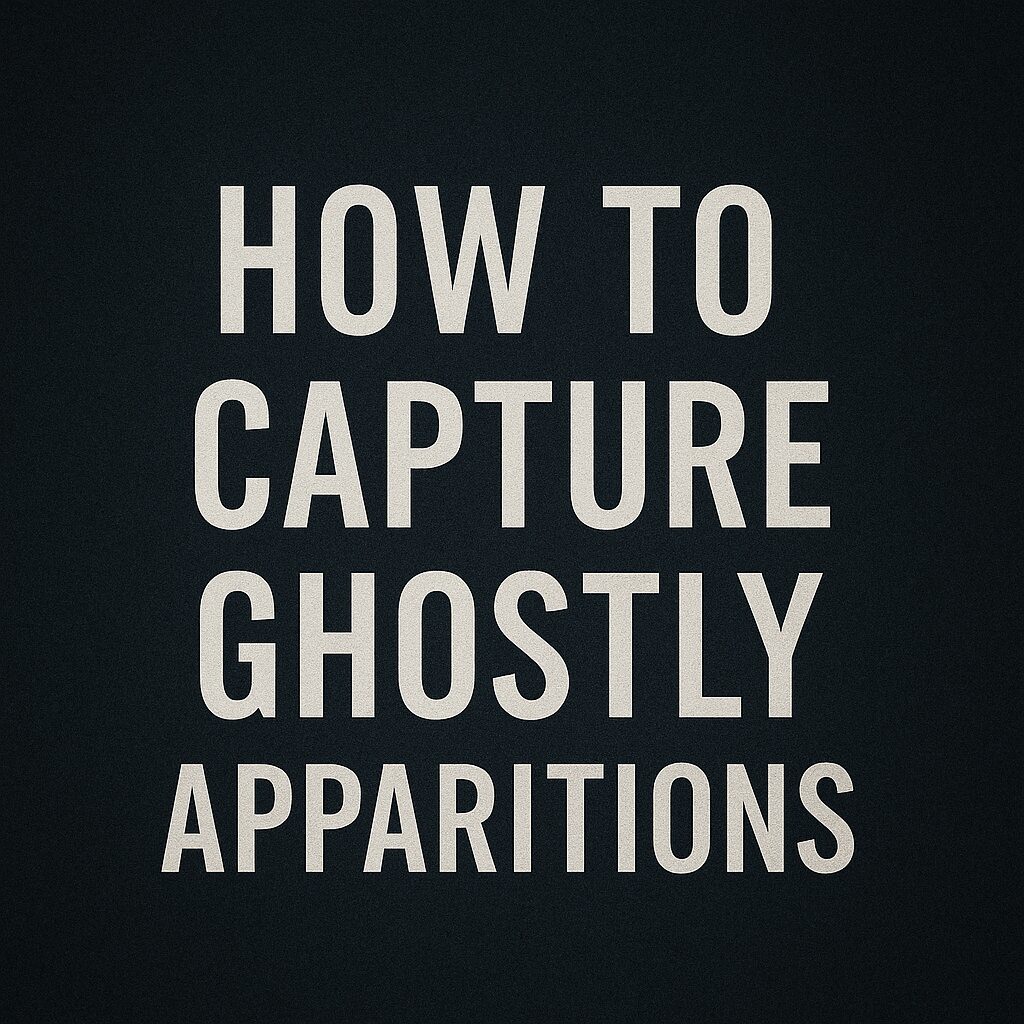
Capturing ghostly apparitions through paranormal photography is both an art and a science.
It takes time, focus, and a willingness to learn from every session.
For beginners, the journey starts with understanding your equipment, choosing the right haunted locations, and tuning into your surroundings with an open yet critical mind.
Every photograph you take builds your experience, and each investigation teaches you something new about energy, timing, and environmental triggers.
This guide has equipped you with the foundational knowledge to get started—from camera settings and equipment recommendations to preparation tips and analysis techniques.
Now it’s up to you to put it into practice. Don’t be discouraged if your first few attempts don’t yield undeniable results.
Paranormal photography is often unpredictable, and some of the most compelling evidence comes when you least expect it.
Stay curious. Keep your methods respectful. Document everything with precision.
Whether you’re exploring an abandoned asylum, a battlefield, or the quiet corners of your own home, always approach your work with patience and integrity.
With consistency and the right techniques, you may one day capture something truly extraordinary, such as an image that offers a glimpse into the unseen world.
And remember, the more you learn and improve, the stronger your connection to the paranormal field becomes.
So charge your batteries, set your tripod, and trust your instincts.
Your next photo might be the one that changes everything.
Frequently Asked Questions (FAQ)
How to Capture Ghostly Apparitions in Paranormal Photography for Beginners
Q1: Can I use my smartphone to capture ghostly apparitions?
Yes, but with limitations. While modern smartphones have good low-light cameras, they often lack the manual controls needed for long exposure shots and full-spectrum imaging. For best results, consider using a DSLR or a camera modified for paranormal investigations.
Q2: What is the best time to capture ghost activity on camera?
Many investigators believe the most active times are between 2 a.m. and 4 a.m., often called the “witching hour.” Full moons, thunderstorms, and emotionally charged anniversaries (like the date of a tragic event) may also increase paranormal activity.
Q3: What’s the difference between a real orb and a dust particle in photos?
Dust or moisture can reflect light and create false orbs that are usually white, semi-transparent, and uniform. True spirit orbs often appear to have motion trails, distinct colors, or a glowing core. They may also correspond with sudden cold spots or EVP activity.
Q4: Should I use flash when photographing ghosts?
No. Flash photography can cause reflections, distort images, and scare away potential energy manifestations. It’s better to use long exposure, night vision, or infrared lighting in dark environments to capture subtle or hidden anomalies.
Q5: How do I know if a photo contains a real ghost?
A real apparition photo usually features human-like shapes, transparent figures, or light anomalies that cannot be explained by natural causes. Cross-reference with other data like EMF readings or EVP recordings to strengthen your case. Always rule out logical explanations first.
Q6: What software should I use to analyze my photos?
Use basic photo editing tools like Adobe Lightroom, Photoshop, or free alternatives like GIMP. These programs allow you to adjust brightness, contrast, and sharpness without altering the integrity of the image. Avoid heavy filters that could distort potential evidence.
Q7: Can spirits actually show up on camera?
Many paranormal investigators believe spirits can manipulate light and energy to appear in photos. While not scientifically proven, there are thousands of unexplained images that continue to spark debate and research in the paranormal community.
Q8: Is it dangerous to take photos of ghosts?
While most paranormal investigations are harmless, some believe that provoking spirits or entering certain haunted locations without protection or respect can lead to negative experiences. Always set clear intentions, protect your energy, and never investigate alone.
Website Sources
Here is a list of website sources with valuable information related to capturing ghostly apparitions and beginner paranormal photography.
- Ghost Hunting 101: Photography Tips for Beginners
GhostStop provides practical advice on how to photograph ghosts, including tips on equipment and camera settings for beginners. - How to Capture Ghosts on Camera: Expert Tips
LiveAbout’s guide offers detailed instructions on capturing spirits and the types of anomalies you might expect. - Beginner’s Guide to Paranormal Photography
A solid starting point from Paranormal Societies with insight into how lighting, focus, and timing impact your results. - Using Infrared and Full Spectrum Cameras for Ghost Hunting
A side-by-side comparison of camera types that are most effective for paranormal photography, especially in low-light conditions. - Tips for Capturing Paranormal Activity in Photographs
The Psychics Directory outlines the tools and settings used to successfully photograph apparitions, mists, and orbs.
Check Out The Paraghosts Blog For More Paranormal Posts and Videos
If you’re ready to dive deeper into the world of spirit photography and ghost hunting, there’s no better place to continue your journey than Paraghosts.com. Our blog is packed with expert tips, real paranormal evidence, and in-depth guides designed for both beginners and seasoned investigators. Whether you’re looking to sharpen your skills or discover haunted hotspots, Paraghosts.com is your trusted resource for everything paranormal. Explore, learn, and join a growing community of ghost hunters who are capturing the unknown one photo at a time.
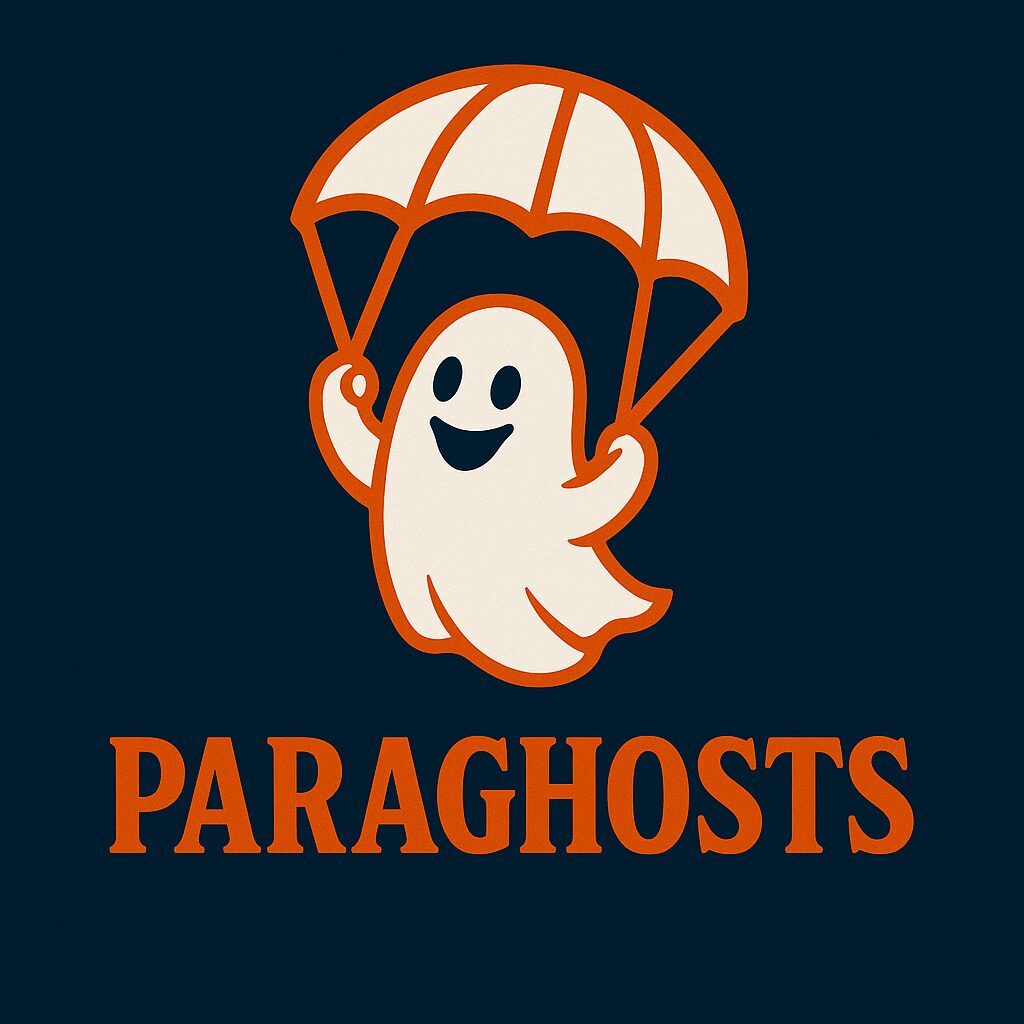
- Paranormal Investigators Guide: Debunking vs Proving Hauntings - November 22, 2025
- True paranormal stories from abandoned hospitals - November 22, 2025
- What Is the Butterfly Effect in Simple Terms for Beginners? - November 9, 2025

